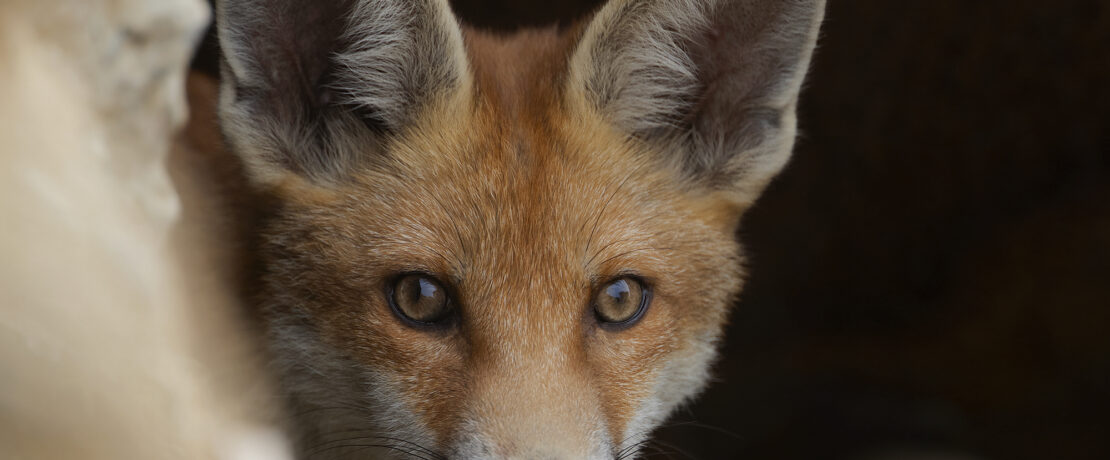Making Space for Nature: the scheme giving wildlife a helping hand
Framework will detail priorities for nature recovery in Kent and Medway
We are all aware of the pressures that our biodiversity faces in Kent and Medway – climate change and pollution are leaving our habitats degraded, disrupting natural processes and rendering our species vulnerable to the speed of environmental change, writes Rachel Boot.
And our land-use practices and development needs are causing increased fragmentation of our habitats. For everyone concerned about our natural environment, it is a deeply frustrating and often upsetting state of affairs.
What can be done?
If nature recovery efforts are to be effective, they need to happen on a landscape scale and in a coordinated manner. This is what Local Nature Recovery Strategies (LNRS) will aim to achieve – when published, the LNRS will be a spatial framework that considers what nature recovery action is needed and where that action needs to happen to be of most benefit to biodiversity – in simple terms, it will detail our priorities for nature recovery in Kent and Medway and offer a map to show where those could best be delivered.
And to make sure that efforts are on a scale large enough to be effective, this is happening countrywide: 48 LNRSs in total are being developed simultaneously across England, with neighbouring strategies ensuring that action at their boundaries is sympathetically considered and coordinated.
Kent County Council is responsible for the LNRS in Kent and Medway and has formed a project team called Making Space for Nature to develop the strategy in collaboration with landowners, community groups, businesses, the wider public… indeed, with anyone who has an interest in our natural environment.
Since starting in September, Making Space for Nature has completed its first milestone: mapping Areas of Particular Importance for Biodiversity (APIB), which documents designated sites such as Local Wildlife Sites, nature reserves and irreplaceable habitats (as defined by Defra, the Department for Environment, Food and Rural Affairs) for automatic inclusion in the LNRS.
This is just the first in a long and detailed mapping process, which will come to include areas that could become of importance for biodiversity – in other words, areas that we know are rich in biodiversity but that haven’t been recognised in the APIB map, or areas that show great potential for nature recovery opportunities.
We have launched a mapping tool to make it easy for people to tell us about their nature recovery work – it’s called Actions for Nature and it asks for details of nature recovery projects across the county.
We have also completed our first series of workshops around the county, which asked attendees to work towards creating our long-list of priorities for nature recovery in the county.
As you’d imagine, the list we have compiled after five full-day workshops with hundreds of attendees is extensive and full of passion. But for the LNRS to be effective, it needs to focus on aiming action where it can reap the most reward for biodiversity. As such, this long-list will now undergo a shortlisting process – not an easy task, since every priority that was raised is important, so we have established criteria for shortlisting to make sure it’s a fair and carefully scrutinised process.
Next comes the task of establishing what actions are needed to turn our shortlisted priorities into reality, and this is the focus of our May workshops – we are out across the county asking for your help with this enormous challenge once again, so do join us and have your say on how the LNRS for Kent and Medway is evolving.
Rachel Boot is part of Kent and Medway’s Making Space for Nature team
- To view the APIB map, sign up for the Actions for Nature Mapping Tool and find out about workshops, click here
- Map your Actions for Nature
- Map your Priorities for Nature









